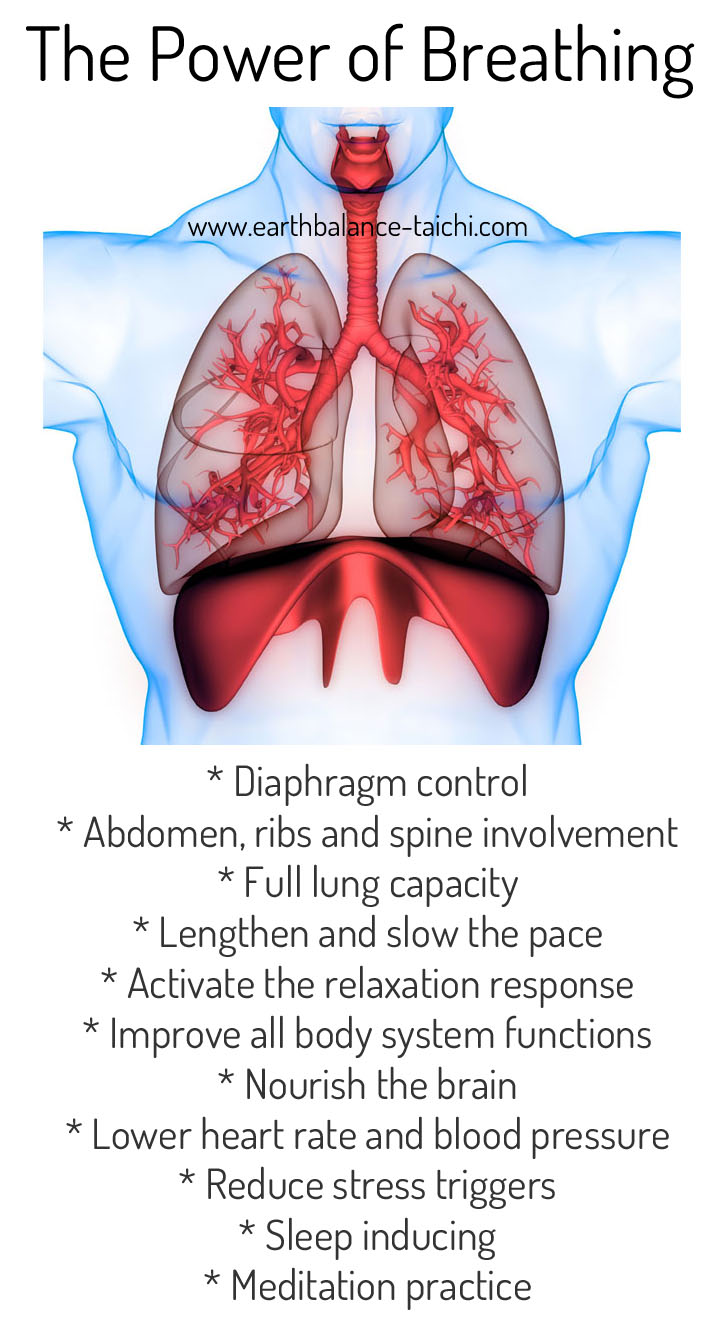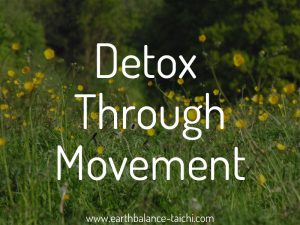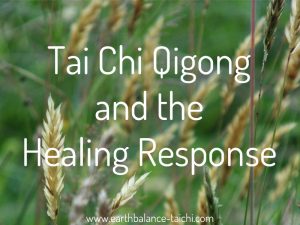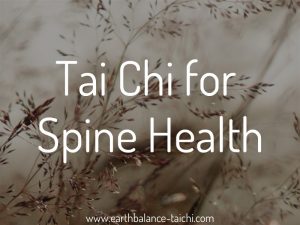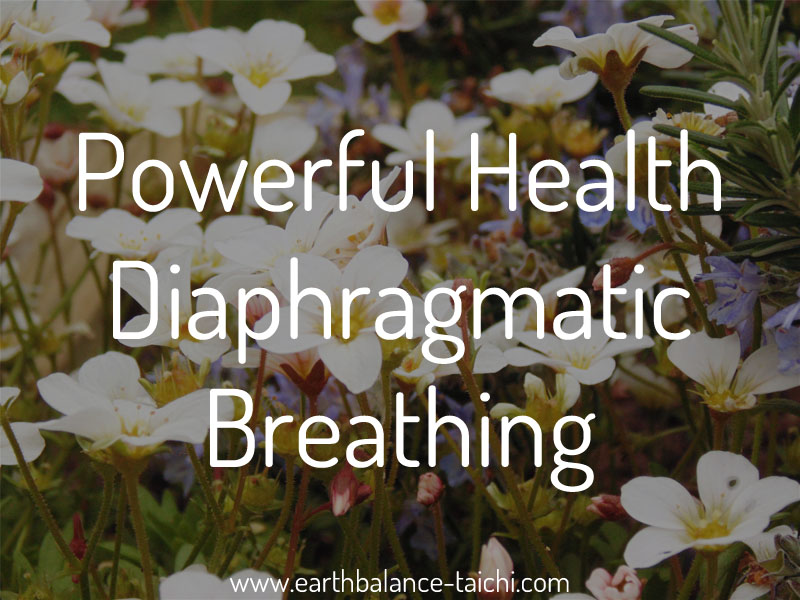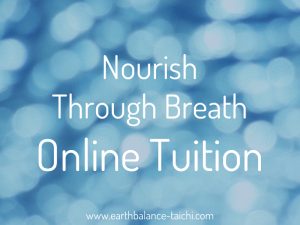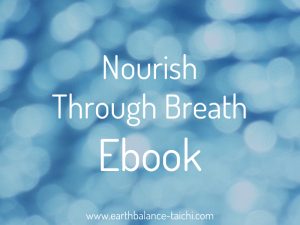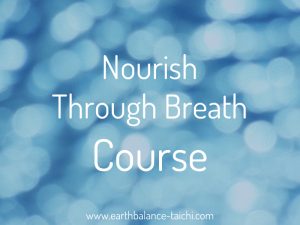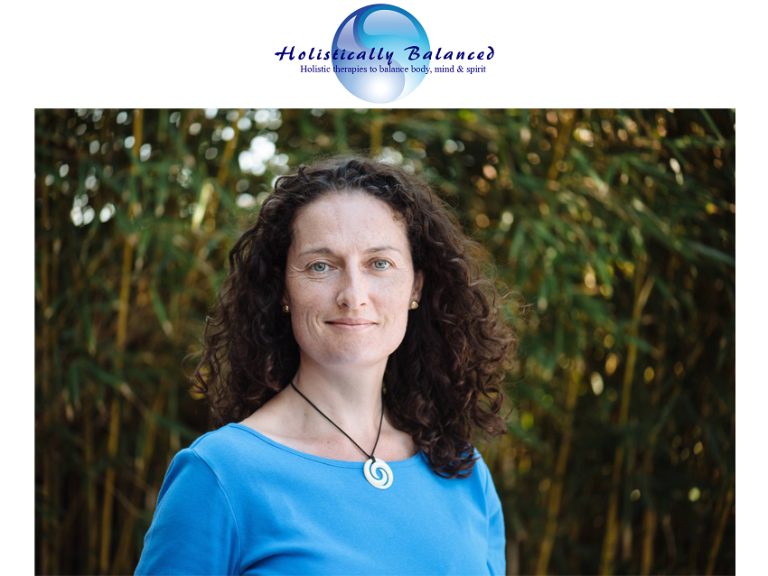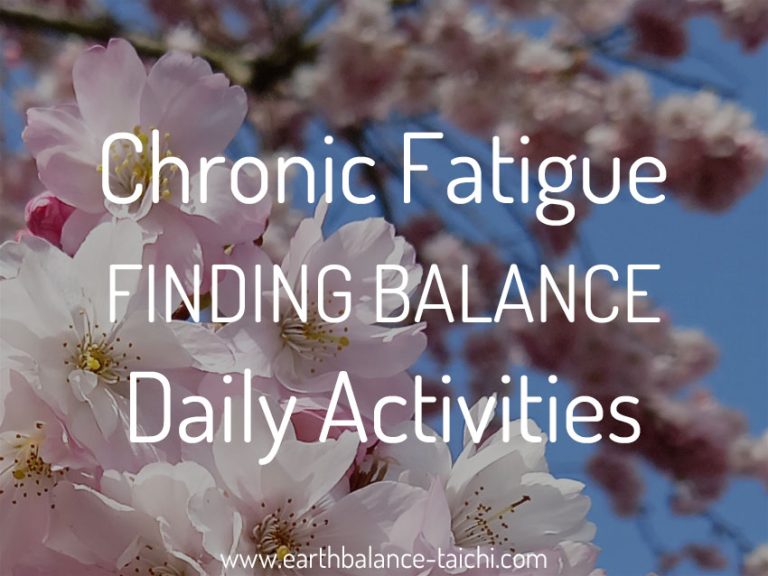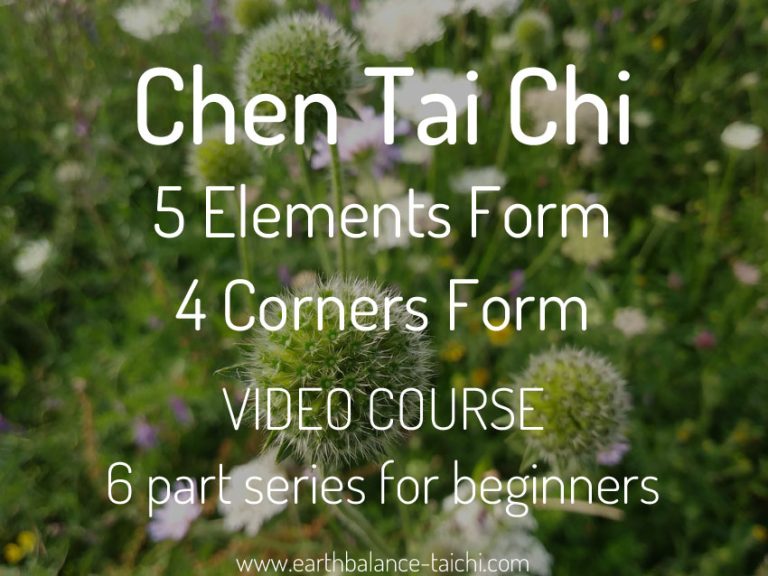The Power of Breathing
The Power of Breathing
Breathing and Your Health
In ancient Eastern cultures breathing is seen as fundamental to life-long health. This has become lost in the modern world, leaning more on pharmaceutical companies to provide us with 'better health'. Learning to breathe more effectively can have a profound effect on how the systems in our body function. Oxygen intake is vital to staying alive. Yet, by breathing shallowly into the upper chest without knowledge or awareness of what you are doing, over years this habit becomes 'set' and it is difficult to regain a 'whole' breath. As a consequence the ageing process can be hastened and your health may deteriorate.
Poor Breathing Habits
- Breathing into the upper chest only
- Breathing shallowly
- Poor posture leading to shallow/chest breathing
- Breathing at a quick pace
- Chronic pausing between inhalation and exhalation
- Not being aware of your breath
Effects of Chronic Poor Breathing (Chest/Shallow Breath)
- Respiratory disease
- Heart disease
- Raised cholesterol
- Lack of energy, sluggishness and lethargy
- Build up of toxins and waste in the lymph system
- Poor oxygen supply to the whole body
- Absence of clarity and alertness
- Inflexible, weak and tight muscles (torso)
- All body systems not functioning properly
Research says that the ageing process and poor breathing habits can account for a 20% reduction in oxygen levels in the blood. Poor breathing also has a negative affect on the functioning of the brain, heart, digestive system and immune system.
Lack of Movement
The less we move the body, the less the body moves. As we age and do not move the body frequently through a complete range of motion, areas become 'stuck'. Joints, muscles and soft tissue start to get stiff and tight. When breathing habitually into the upper chest, the muscles around the ribs, abdomen and thoracic and lumbar spinal area become weaker, less flexible, less elastic and more restricted through lack of use. This causes further difficulty as stale air can be left in the lung tissue, reducing lung capacity to take in fresh oxygen. After some time breathing into the chest, you will reduce the ability to take a long deep full breath (known as an abdominal or diaphragm breath).
Stress Response
The rate or pace at which you breathe also has a profound effect on the automatic relaxation response in your body. Breathing into the chest or shallowly simulates the stress response (sympathetic nervous system) and causes a knock-on effect in the body to deal with the incoming stress, getting ready to 'fight or flight'. Doing this chronically keeps your body in a permanent state of stress, causing adrenal exhaustion, stress on the heart, insomnia, lack of concentration, poor memory, slow digestion, heightened emotions, inability to deal with everyday occurrences, high blood pressure, raised heart rate and a weakened immune system.
Ageing Process
As we age, the ribs build up calcium deposits which causes the chest and ribs to become more rigid. The muscles and soft tissues degenerate, becoming weaker and less elastic, whilst within the lungs the airways start to reduce in size and the tissue in the lungs also looses the elasticity. This natural aging process affects your breathing making it more difficult to take a whole breath the older you get.
When you combine the ageing process, a sedentary lifestyle and no awareness on the breath, the effects on respiration are compounded. It is not possible to stop the body ageing, however it is possible to look after your body so that the ageing process is more natural. To practice 'breathing exercises' frequently will help to strengthen your respiration system so your whole body will benefit through more efficient functioning and oxygen supply.
Abdominal Breathing
A full breath is both cleansing and energizing. After just one minute there is more oxygen in the blood and less carbon dioxide. It is recommended to practice this breathing method for 15-20 minutes per day. Not only will the whole body function better, the parasympathetic system is activated, helping kick start your relaxation response. Here are brief instructions on how to do basic abdominal/diaphragm breathing for relaxation:
- Inhale abdomen expands (the diaphragm contracts as the lungs fill with air)
- Exhale abdomen relaxes (the diaphragm relaxes as the lungs deflate)
- Must involved the diaphragm, side waist, side ribs, spine and lower back to be a full breath
- Natural movement, smooth and relaxing process
- A sleep inducing breath
- Used for stillness meditation practices, some Qigong sets and Tai Chi forms.
- This method helps build Qi in the lower Dantian
Tips
- Do not force the breath
- Ensure circular breathing without stopping
- Keep the body relaxed throughout
- Keep the chest as still as possible, only allow slight movement
- Imagine the movement of each breath by visualising the muscles and organs
Tai Chi, Qigong and Breathing
Different styles of Tai Chi and Qigong sets use a variety of breathing methods. The two main breaths used are abdominal breathing (known as the Buddhist breath) and reverse breathing (known as the Taoist breath). Deep breathing no matter of the method is a fundamental part of Tai Chi and Qigong practice. We train the breath to make full use of our lungs, breathing deeply and gently in a circular way so that there are no gaps or pauses. We regulate the breath and learn to pace the breath to movement, training the breath to be longer and consistent. By paying attention to body alignment and appropriate posture, this helps our breathing function better. Some breathing methods are used for power, others for relaxation.
Diaphragmatic Breathing and Chronic Pain
Tai Chi and Qigong combine slow dynamic movements with deep breathing and an aligned posture. Deep diaphragmatic breathing helps to bring more oxygen into the body, to help all body systems function better. It also helps us to truly relax the mind, reducing stress, anxiety, frustration and anger, as well as the body, the muscles and soft tissue. This activates the body's relaxation response which slows down the heart rate and lowers blood pressure. The focus on deep rhythmic breathing helps to create a positive distraction, which can help reduce pain and other stress triggers. And finally deep diaphragmatic breathing can help to reverse the physical signs of anxiety, which are shallow and rapid breathing. The breath is the key to the relaxation response, as it can help to calm the mind.
* Please note that the Taoist practices are not a replacement for conventional medical treatment. Please speak with your doctor prior to starting a new exercise programme. This article is for information purposes only and must not be taken as medical advice. *
